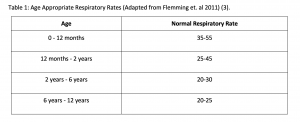

Īuthors of an individual patient data meta-analysis showed that intraoperative lung-protective mechanical ventilation using lower tidal volume (V T) in the range of 6 to 8 ml/kg of predicted body weight (PBW), with or without higher levels of positive end-expiratory pressure (PEEP) and with or without lung recruitment maneuvers (RMs), reduced the incidence of PPCs. In fact, mechanical ventilation during general anesthesia has the potential to cause harm to previously noninjured lungs.

Anesthetists could importantly contribute to preventing such respiratory complications, such as through intraoperative mechanical ventilation strategies expected to affect PPCs beyond preoperative patient status optimization and selection of operative methods to minimize surgical trauma. Considering that more than 234 million surgical procedures are performed worldwide per year, a reduction of the rate of PPCs might have an important impact on global morbidity and mortality and reduce health system costs. Several independent risk factors for the development of PPCs have been identified, ranging from a patient’s health conditions to surgical approaches and anesthetic management. It is well established that postoperative pulmonary complications (PPCs), especially postoperative respiratory failure, add greatly to perioperative morbidity and mortality, as well as to postoperative length of hospital stay.


 0 kommentar(er)
0 kommentar(er)
